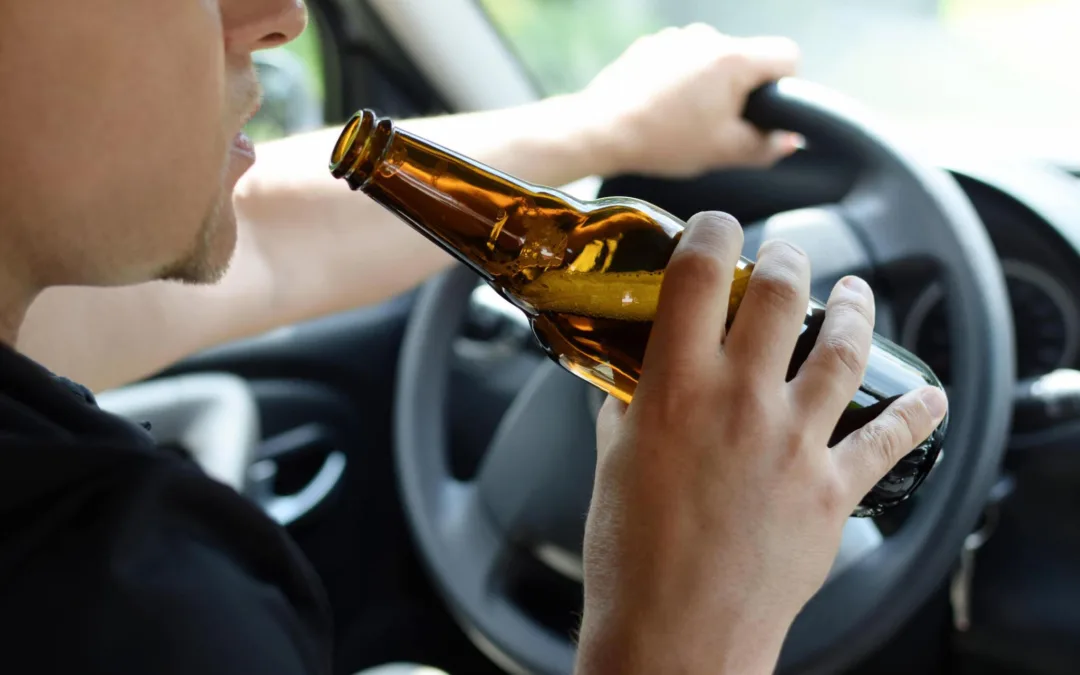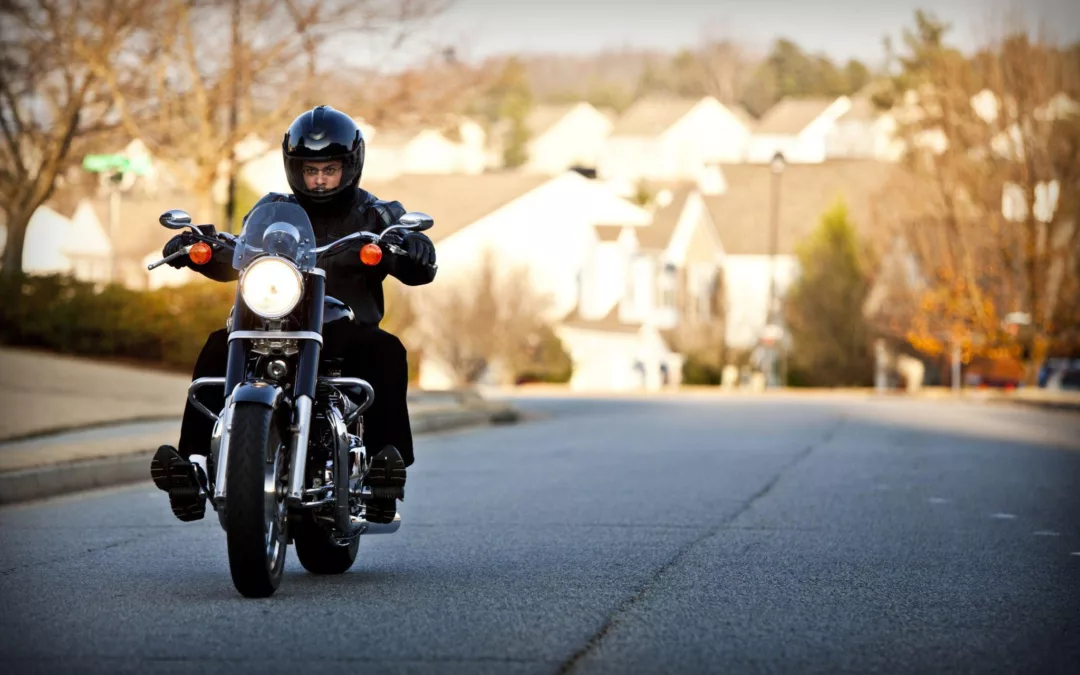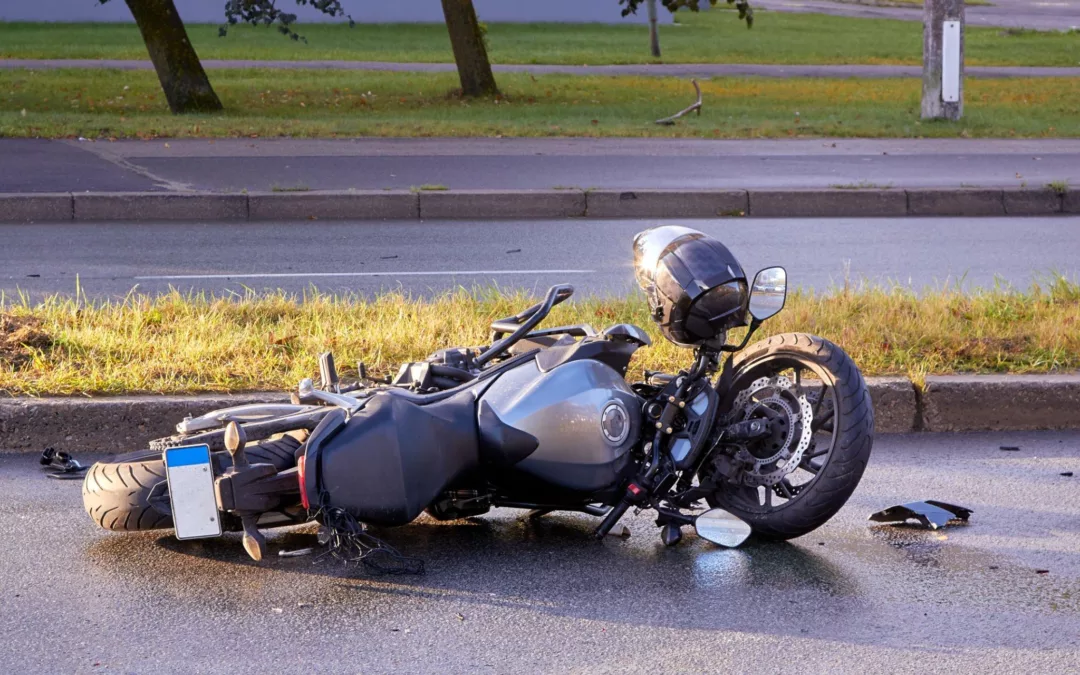
The Process of Settling a Personal Injury Claim in Arizona
- Try and take photos of the damaged vehicles before they are moved (so as to capture the angle and point of impact between the vehicles)
- Try and procure the names and contact information of all witnesses
- Exchange insurance information with other involved drivers
- Call Police
- Do not admit fault at the scene
- Take photos of the condition that caused your injuries (preferably before any repair or remediation)
- Try and procure the names and contact information of all witnesses
- Report the incident and any injuries to the property manager(s)
- Ask to make an Incident report and ask for a copy of the completed incident report.
- Ask for liability insurance information
- Take photos of the defective product
- Do not initiate any repair of the defect
- Investigate if any recalls of the product (for something related to the defect that caused your injuries)
- Investigate/ascertain the chain of commerce for the defective product, from Manufacturer(s) to Distributor(s) to Retailer(s)
- Identify the dog(s) (by breed, color, name, etc)
- Take photos of the dog if possible
- Identify dog owner(s) by name, location (address), and phone
- Ascertain if dog owners live in a house or apartment
- Ascertain if dog owners have homeowners’ or renter’s insurance
- Take photos of your injuries
2.Filing A Claim: Involves ascertaining applicable insurance that might cover the tortfeasors/defendant’s negligence. Once ascertaining coverage, we contact that carrier and open a claim. They will either accept liability (this usually means they’ve already spoken to their insured, who admitted fault), deny liability (this usually means their insured denies any fault and in fact likely blames you), or they are still investigating (they either haven’t yet spoken to their insured, or that because their insured denies any fault, they need to investigate further. This might entail speaking to independent witnesses, inspecting accident scenes or defective products, etc). While the at-fault carrier is investigating liability, the injured party is usually undergoing medical treatment of their injuries.
5.Valuing The Case For Settlement Purposes: Once our client has completed their medical care, we order all of their accident-related medical records and bills, as well as compiling all other supporting documentation in order to put together a “settlement demand” packet with an “initial demand.” The initial demand is usually considerably higher than what we believe your case to be. We base our estimate of the value of your case on a number of variables/factors, such as (a) severity of the collision and damage done to the involved vehicles (if an MVA), (b) a person’s diagnosed injuries, a person’s treatment in terms of modalities, frequency and duration of their treatment, (c) the treating doctors’ prognosis upon release from treatment, (d) the cost of the medical care (what the providers charged), (e) any out of pocket expenses (lost wages, etc), (f) pain & suffering (all the aggravation experienced as a result of the injuries). By the way, if a law firm advertises they can estimate the value of your case at intake (before you’ve undergone any medical treatment), ask where they got their crystal ball.
6.Settlement Negotiations: Once the settlement demand packet is complete, we review it with our client, put a value on the case and submit it to the adverse carrier. We usually allow them two weeks to review before we begin following up for an initial offer. If a client’s injuries were complicated, we might allow up to thirty days for the adverse carrier to complete their evaluation. Once they make an initial offer, we communicate with our client and get authority to make a counter settlement proposal. We usually go back and forth a number of times before procuring their absolute top offer, which we then review with our client along with our recommendations as to whether they should accept and settle or reject and litigate. If our client wants to settle, it usually takes up to another thirty days before our client received their net in-pocket recovery (after paying their attorney fees, costs, and medical bills/liens). Between treating and settlement negotiations, the “average” whiplash case takes six to eight months from date of loss/intake through to settlement and distribution of settlement proceeds.
Contact the Lebovitz Law Group Today!
If you have been injured in an accident and have questions about the settlement process or need help filing a claim, contact the Lebovitz Law Group. We are here to answer your questions and help you with any legal aspects of your personal injury claim. Don’t rely on the insurance company to represent your best interests. We will be by your side every step of the way and serve as a much-needed advocate throughout the claims process. Call us today!
Sort by Category
Related Posts

DUI Laws and Substance Abuse in Arizona: Navigating the Complex Landscape
Driving under the influence (DUI) in Arizona is not just a legal issue; it's a deeply entrenched societal challenge that tests the boundaries of law enforcement and public health. In Arizona, known for its particularly stringent DUI laws, this issue takes on a unique...

The Spectrum of Alcohol Impairment: Buzzed vs. Drunk Driving and Their Legal Consequences in Arizona
The conversation around impaired driving often centers on the terms "drunk driving" and the adage "buzzed driving is drunk driving." This dialogue evokes strong opinions and legal debates, particularly in the United States, where the ongoing dilemma of determining at...

The Truth About ‘Full Coverage’ Auto Insurance in Arizona: A Legal Perspective
I THOUGHT I HAD FULL COVERAGE!?! As a personal injury attorney, I can’t tell you how many times a client in a collision tells me they thought they had “full” coverage, only to learn they did not. What exactly is full coverage? Well, it means different things to...

Legal Rights and Responsibilities of Motorcyclists on the Road in Arizona
Legal Rights and Responsibilities of Motorcyclists on the Road in Arizona Riding a motorcycle in Arizona can be an awesome experience. There's nothing quite like the feeling of the wind in your face as you cruise through the state's beautiful landscapes. However,...

Motorcycle Insurance in Arizona: Your Biker’s Safety Net
Riding a motorcycle in Arizona is a thrilling experience, but it comes with its share of risks. Accidents can happen, and when they do, having the right insurance coverage is like having a loyal friend by your side. In Arizona, it's not just about peace of mind; it's...

Destination Safety: Choosing Routes to Minimize Motorcycle Accident Risks
There's something truly special about cruising on a motorcycle, feeling the wind in your hair as you explore the open roads. But let's face it, riding a motorcycle comes with an added responsibility – staying safe. Motorcycle accidents can be incredibly devastating,...
